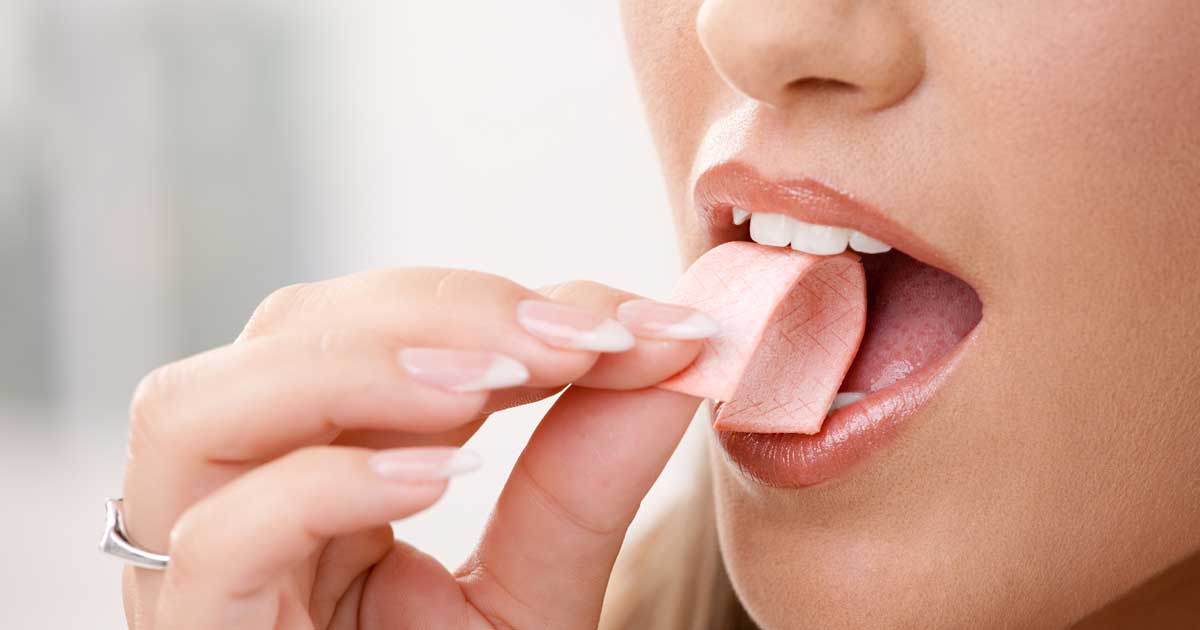For long, chemicals and additives have been a part of our packaged food and we’ve either not known or have been ignorant. But it is high time we start reading the back of the label and know what we are eating is actually made of.
A quick sugar dose can lighten your mood and it comes in so many options. But regardless of that, these chocolates, caramel sweets, flavored gum and sour bombs have been rotting our teeth for a while now. While we are aware of their harmful side effects, it seems tough to give them up yet, thehealthsite.com reported.
Despite the enormous sugar content, there is another risk attached with munching candies and chewing gums. Along with tooth decay, chocolates and chewing gums may harm your intestine, suggests a new study. Titanium Oxide is a common food additive, often used in chocolates, chewing gums, breads, etc., which has been consumed for a long time now.
The study found that food additives were responsible for reduced ability of small intestine to absorb nutrients and block pathogens.
Professor Gretchen Mahler of Binghamton University, US said, “Titanium oxide is a common food additive and people have been eating a lot of it for a long time, but we were interested in some of the subtle effects, and we think people should know about them.”
The fact that food additives are harmful to our small intestine yet are being widely consumed on the daily basis should be known to all. “There has been previous work on how a titanium oxide nanoparticle affects microvilli (each of a large number of minute projections from the surface of some cells), but we are looking at much lower concentrations. We also extended previous work to show that these nanoparticles alter intestinal function,” she said.
Titanium dioxide is recognized safe by the US Food and Drug Administration and ingestion is nearly unavoidable due to its vast usage. The compound is an inert and insoluble material that is used for white pigmentation in paints, paper and plastics. It often enters the digestive system through toothpastes, as titanium dioxide is used to create abrasion needed for cleaning teeth.
Other uses of Titanium Oxide includes, in making chocolates to give it a smooth texture; in donuts to provide color; and in skimmed milks for a brighter, more opaque appearance which makes the milk more palatable.
Previously a study had tested 89 common food products including gum, Twinkies, and mayonnaise and found that they all contained titanium dioxide. Mahler suggested, “To avoid foods rich in titanium oxide nanoparticles you should avoid processed foods, and especially candy. That is where you see a lot of nanoparticles.”


